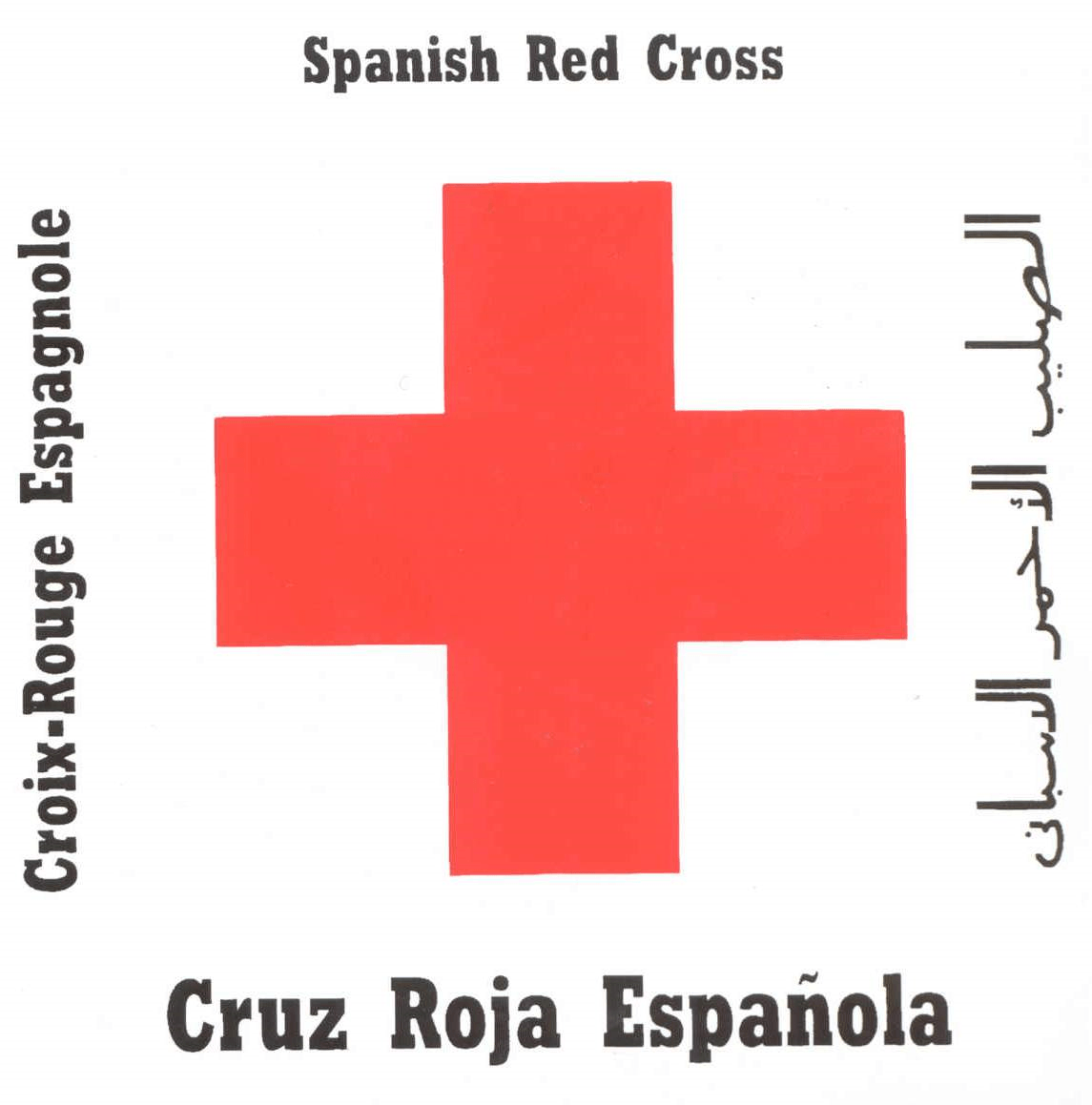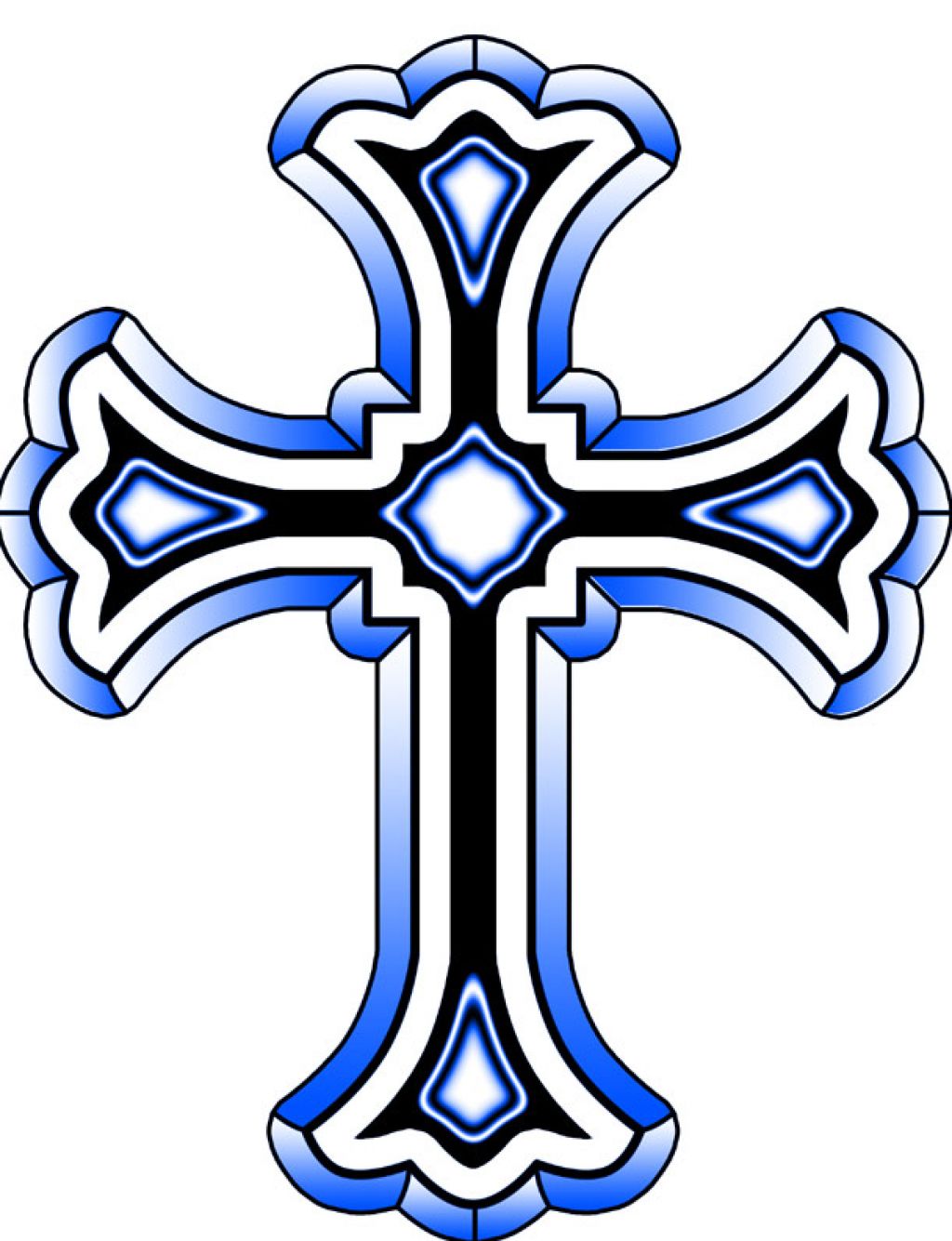Have you ever wondered about the significance of the Sign of the Cross in Spanish, especially its long version? It’s more than just a religious gesture; it’s a deeply rooted cultural practice with layers of meaning. Whether you’re a devout Catholic, someone exploring faith traditions, or simply curious about the intersection of religion and culture, this article will take you on a journey through the history, symbolism, and usage of the Sign of the Cross in Spanish. We’ll uncover its nuances, explore its cultural importance, and even dive into some lesser-known details that might surprise you.
This gesture, known as the "Sign of the Cross," is a cornerstone of Catholic worship, but its Spanish long version adds an extra layer of depth. If you’ve ever attended a Mass in Spain or Latin America, you’ve probably noticed the priest or congregation reciting a longer version of the prayer while making the sign. It’s not just a matter of preference—it’s tied to cultural and theological traditions that have evolved over centuries.
So why does this matter? Understanding the Sign of the Cross in Spanish long version can offer insights into the spiritual practices of millions of Catholics worldwide. It’s a window into how faith is expressed differently across cultures, and how language plays a vital role in preserving tradition. Let’s dive in and explore this fascinating topic together!
Read also:What Is A Truckers Speed Sponge A Deep Dive Into The Highway Hero
What is the Sign of the Cross in Spanish Long Version?
The Sign of the Cross in Spanish long version is a prayerful gesture accompanied by a recitation that extends beyond the traditional "En el nombre del Padre, y del Hijo, y del Espíritu Santo." While the basic version is widely recognized, the extended version adds a layer of devotion and theological depth. Here’s how it typically goes:
"En el nombre del Padre, y del Hijo, y del Espíritu Santo. Amén. Gloria a ti, Señor, por siempre. En el nombre de Dios todopoderoso, que creó el cielo y la tierra, bendito sea su nombre por siempre. Amén." This extended version emphasizes the glory of God and the creation narrative, making it a powerful declaration of faith.
Why Use the Long Version?
The long version of the Sign of the Cross is often used during more formal or solemn occasions, such as Mass, sacraments, or special prayers. It serves as a reminder of the believer’s relationship with God and the broader theological framework of Catholicism. Here are a few reasons why it’s significant:
- Emphasis on Creation: The mention of God as the creator of heaven and earth reinforces the belief in divine authority and power.
- Glorification of God: The phrase "Gloria a ti, Señor, por siempre" praises God’s eternal nature and supremacy.
- Cultural Context: In Spanish-speaking countries, the long version reflects a deeper engagement with liturgical traditions and spiritual practices.
A Brief History of the Sign of the Cross
The Sign of the Cross dates back to early Christianity, with roots in the ancient Church. It’s believed to have been practiced as early as the second century, symbolizing the cross of Christ and serving as a mark of Christian identity. Over time, the gesture evolved, and different cultures adapted it to suit their theological and cultural contexts.
In the Spanish-speaking world, the Sign of the Cross became an integral part of daily life, not just in religious settings but also in personal devotions and cultural rituals. The long version, in particular, reflects the rich theological heritage of the Spanish Catholic tradition.
Evolution of the Sign of the Cross in Spanish
As Spanish missionaries spread across the Americas, they brought with them not only the basic Sign of the Cross but also its extended versions. These adaptations were influenced by local customs and the needs of the communities they served. For example, in some Latin American countries, the long version includes additional phrases that emphasize local saints or patron figures.
Read also:Snow In Africa 2024 A Rare And Breathtaking Phenomenon
Symbolism Behind the Sign of the Cross
Every element of the Sign of the Cross carries profound symbolism. From the movement of the hand to the words spoken, each action and phrase is steeped in meaning. Here’s a breakdown of what it represents:
- The Hand Movement: Tracing the cross on the forehead, chest, and shoulders symbolizes the presence of the Holy Trinity and the believer’s commitment to faith.
- The Words Spoken: The invocation of the Father, Son, and Holy Spirit reflects the core belief in the Trinity, a central tenet of Christianity.
- The Extended Phrases: In the long version, the added words emphasize God’s role as creator, provider, and redeemer, reinforcing the believer’s faith in divine providence.
Cultural Significance
In Spanish-speaking cultures, the Sign of the Cross is more than just a religious gesture—it’s a cultural identifier. It’s used in daily life, from saying grace before meals to seeking protection before a journey. The long version, in particular, is often reserved for moments of reflection or solemnity, highlighting its importance in both personal and communal worship.
How to Perform the Sign of the Cross in Spanish Long Version
Performing the Sign of the Cross in Spanish long version involves both physical gestures and verbal recitation. Here’s a step-by-step guide:
- Begin by making the sign of the cross on your forehead, chest, and left and right shoulders while saying, "En el nombre del Padre, y del Hijo, y del Espíritu Santo."
- Follow with the extended phrases: "Amén. Gloria a ti, Señor, por siempre. En el nombre de Dios todopoderoso, que creó el cielo y la tierra, bendito sea su nombre por siempre. Amén."
- Conclude with a moment of silent reflection or additional prayers, if desired.
Tips for Mastery
If you’re new to the long version, here are a few tips to help you get comfortable with it:
- Practice Regularly: Like any prayer, repetition helps solidify the words and gestures in your memory.
- Understand the Meaning: Reflect on the significance of each phrase to deepen your connection to the prayer.
- Seek Guidance: If you’re unsure about the pronunciation or gestures, consult a priest or knowledgeable practitioner for assistance.
Cultural Variations of the Sign of the Cross
While the basic Sign of the Cross is universal, different cultures have their own variations. In the Spanish-speaking world, these variations often reflect local traditions and historical influences. For example:
- Mexico: The long version may include references to Our Lady of Guadalupe, the patron saint of the country.
- Spain: The gesture is often more formal, with a focus on precision and solemnity.
- South America: In some regions, the Sign of the Cross is accompanied by additional prayers or invocations to local saints.
Why Do Variations Exist?
These variations arise from the unique cultural and historical contexts of each region. They reflect the ways in which faith is expressed and adapted to meet the needs of diverse communities. By embracing these differences, Catholics worldwide celebrate the richness of their shared tradition while honoring the distinctiveness of their local practices.
Benefits of Using the Sign of the Cross in Spanish Long Version
Using the long version of the Sign of the Cross offers several benefits, both spiritual and practical:
- Deepens Faith: The extended recitation allows for greater reflection on the meaning of the prayer.
- Strengthens Community: Sharing this practice with others fosters a sense of unity and belonging.
- Enhances Worship: Incorporating the long version into liturgical services adds a layer of solemnity and reverence.
Practical Applications
Beyond its spiritual significance, the Sign of the Cross in Spanish long version can be applied in various contexts:
- Personal Devotion: Use it as a daily prayer to start your day or seek guidance in difficult moments.
- Family Traditions: Teach it to your children as a way to pass down cultural and religious heritage.
- Community Gatherings: Incorporate it into group prayers or celebrations to enhance the spiritual atmosphere.
Challenges and Misconceptions
Despite its widespread use, the Sign of the Cross in Spanish long version is not without its challenges and misconceptions. Some people may find it intimidating or difficult to learn, while others may misunderstand its purpose. Here’s how to address these issues:
- Education: Provide resources and guidance to help individuals understand the significance of the prayer.
- Patience: Encourage learners to take their time and practice at their own pace.
- Dialogue: Foster open discussions about the meaning and importance of the Sign of the Cross to dispel misconceptions.
Common Misconceptions
One common misconception is that the long version is only for clergy or religious leaders. In reality, it’s a prayer that can be used by anyone seeking a deeper connection with their faith. Another misconception is that it’s outdated or irrelevant in modern times. On the contrary, its timeless message of faith and devotion resonates as strongly today as it did centuries ago.
Conclusion
The Sign of the Cross in Spanish long version is a powerful expression of faith, culture, and tradition. It offers a window into the rich theological heritage of the Spanish-speaking world and serves as a reminder of the enduring power of prayer. By understanding its history, symbolism, and cultural significance, we can appreciate its role in shaping the spiritual lives of millions of Catholics worldwide.
I invite you to try incorporating the long version into your daily practice or share this article with others who might benefit from learning about it. Together, we can celebrate the beauty and diversity of our shared faith traditions. ¿Qué opinas? Leave a comment below and let’s continue the conversation!
Table of Contents
- Sign of the Cross in Spanish Long Version: A Deep Dive into Its Meaning, Usage, and Cultural Significance
- What is the Sign of the Cross in Spanish Long Version?
- Why Use the Long Version?
- A Brief History of the Sign of the Cross
- Evolution of the Sign of the Cross in Spanish
- Symbolism Behind the Sign of the Cross
- Cultural Significance
- How to Perform the Sign of the Cross in Spanish Long Version
- Tips for Mastery
- Cultural Variations of the Sign of the Cross
- Why Do Variations Exist?
- Benefits of Using the Sign of the Cross in Spanish Long Version
- Practical Applications
- Challenges and Misconceptions
- Common Misconceptions
- Conclusion


